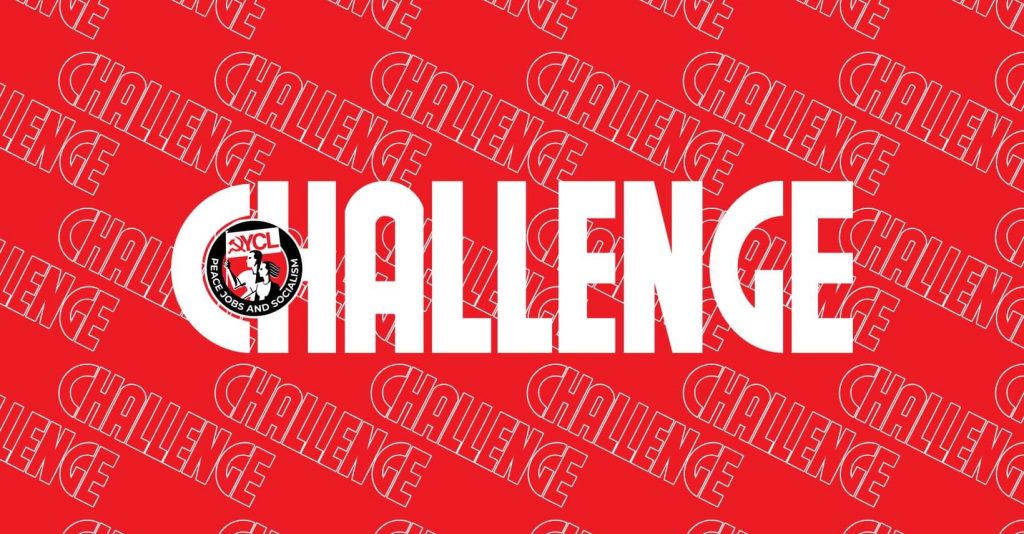
Debadrita Chakraborty, PhD research scholar in Gender and Culture Studies at Cardiff University, argues that Indian immigrants fail to acknowledge their complicity in injustices both in India and the USA.
The Black Lives Matter (BLM) movement is here to stay. Catalysed by one of the most heinous racial homicides of the 21st century, BLM protests have since snowballed into one of the greatest ‘domino’ resistance movements in the U.S History. The resilience of the movement and its organised approach towards decolonising the Global North’s whitewashed history and curriculum have resonated with other minority and racially targeted communities who have expressed solidarity by not only dissenting against institutional racism and police brutality but also reflecting on their own complicity in anti-black racism. However, one of the most visible and prominent minority groups that has remained relatively quiescent in a deeply political time despite its history of colonial oppression and state sanctioned hostile policing is the Indian migrant community in America.
Even before George Floyd’s death and the emergence of the BLM movement in the Global North, India has grappled with its own civil rights protests around the controversial Citizen Amendment Act (CAA) that systematically aims to ethnically profile and label Muslim minorities as ‘outsiders’ in a supposedly Hindu nation. Upon government directive, peaceful anti-CAA protestors, especially Muslim activists and students were systematically targeted and profiled as criminals by the Delhi police, some of whom were charged under the Unlawful Activities Prevention Act (UAPA), which empowers the state to proscribe individuals as ‘terrorists’. While India’s unconstitutional, anti-secular move was resisted by Indian student-led and activist groups across American cities, the majority within the Indian migrant community who still maintain strong ties with their home country have remained silent- or they have openly supported Indian administrative and police actions against the protesters back in India.
Given this complicity (both active and passive) in systemic racism and police brutalities in their home (India) and host (America) countries, it is important to understand what contributes towards this ‘moral deficit’.
Brown privilege, brown complicity
As a minority community, Indian (non-Muslim) migrants (which includes both highly skilled professionals and a sizeable segment of working class and lower income groups) have had their own share of racial discrimination, ethnic violence and marginalisation within the American public sphere. However, with emergence of a highly skilled Indian professional class, the Indian community swiftly gained prominence within American society, positioned as ‘a model minority’ – a label that placed them socio-politically a notch above (due to their improved economic status) other minority groups and especially the black community. The perpetuation of this idea of being part of a ‘model minority’ disregarded and rendered invisible the socio-economic struggles of the lower classes. Instead, it chose to view the wider Indian community through the lens of the higher income group and their apparent economic accomplishments. Moreover, the highly-skilled professionals who migrated from postcolonial India did so with the baggage of caste, colour and class differences. This led them to disregard and further marginalise caste oppressed and lower income Indian groups.
These underlying tensions among different sections of the Indian migrant community have disrupted any a collective move for racial justice which would depend upon the dismantling of the ‘model minority’ stereotype that pits minority communities against each other and endorses hierarchies of citizenship.
For privileged class and caste conscious Indian migrants, the preservation of their ‘model minority’ and assimilationist status has entailed ‘political incorporation’ through complicity. What began as simple compliance to state rules and policies soon turned into complicity in structural injustices when upper class Indian migrants, especially Hindus, distanced themselves from Muslims post 9/11 by over-emphasizing their American-ness alongside their Hindu identity. ‘Political incorporation’ also meant the realisation of vested political interests and long-term economic ambitions for the elite Hindu upper class (according to reports about 20% in the Indian community is said to have voted Trump in 2016) which for some was attainable by electing an anti-Muslim and anti-immigrant Trump to power. Among these powerful upper caste Hindu migrants are those who have supported the political camaraderie of Trump and Modi and have actively contributed towards organising the much talked about ‘Howdy Modi’ event held in Houston in 2019. Affiliated to Hindu nationalist organisations in India, these influential migrants have been complicit in promoting Hindutva nationalism, defending Modi’s authoritarian regime in India in the hope of a Hindu cultural revivalism that would privilege upper caste Hindus over religious and cultural minorities in India. In order to be conferred with socio-political and economic benefits and to strengthen the presence of Hindu nationalist organisations with its anti-Muslim agenda, the influential Indian upper class and caste migrants have ticked most the boxes of complicity, acting and contributing knowingly in the ensuing structural and institutional injustices which in the recent years have been meted out to politically and racially disadvantaged minorities in America.
There are also those among the upper and middle class Indian communities who although did not play a causal role in Trump’s victory and have shown no signs of political aspiration, are complicit in a docile way, quietly supporting and complying with state policies even as they are cognizant of the ‘foreseeable consequence’ of racial injustice and inequalities. This section, which comprise a majority in the highly-skilled category of the Indian Community, while largely voting for Hillary Clinton in the 2016 elections, showed their support to Modi’s nationalist agenda by attending the ‘Howdy Modi’ event. It is this category of privileged upper caste Indian migrants that have condoned the far right Indian government’s revocation of Kashmir’s autonomous status; have remained silent (and hence complicit in the state’s actions) when resistance to the government’s decision on Kashmir was met with mass arrests, a communications blackout, and violent clashes with security forces and have over the years passively perpetuated the disenfranchisement and brutalities towards Dalits, Adivasis (tribals), religious minorities and student activists. Such compliance and obedience to state injustices are mainly because as an upper caste highly-skilled class of migrants, they have been recipient of caste and class privileges prior to migration from India and have been conferred with material benefits following their professional success in America. Privileged and in a bid to maintain this status quo, this segment of the Indian community have found it easier to ignore narratives of oppression, discrimination and violence on ethnic and religious minorities both in India and America.
Understanding lived experiences beyond the single axis framework
The Indian migrant community is perhaps slowly coming to terms with ‘complicity’ thanks to the likes of first and second generation Indian-Americans Rahul Dubey (who sheltered BLM protestors from police violence) and Hassan Minhaj (who in a recent political commentary called out the Indian community for their perpetuation of anti-black racism). However in order for the community to come out collectively in solidarity with the BLM movement to fight systematic discrimination, it needs to begin by recognising and addressing intersectionality. Having migrated from India where lived experiences are treated as generic and undifferentiated, without acknowledging the multiple forms of discrimination based on colour, caste, class, religion, gender and sexuality that overlap to create different experiences for marginalised communities, the upper caste and privileged classes within the Indian migrant community in America have so far deprived the marginalised of their rights and agency. In order to support a movement, it is imperative to first lift up those who have fallen through the cracks of society that privileges a select few. The intersectional approach is among the first of many steps that the Indian migrant community in India need to undertake to be constantly reminded of their privilege and complicity in socio-political injustices.
Debadrita Chakraborty
Biography: Debadrita Chakraborty is a research scholar in Literature, Gender and Culture Studies at Cardiff University. Her research focuses on examining the shifting nature of the construction and performance of South Asian masculine identities catalysed by major political and socio-cultural events from the 1980s until the contemporary period in Britain employing culture and gender theories. She has contributed papers in the fields of postcolonial theory, decoloniality, diaspora literature and culture and subculture narratives.



